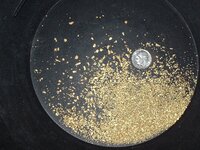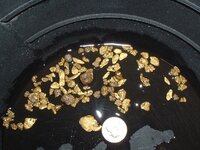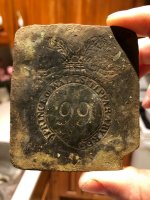I'm trying to pin down some facts on placer gold purity in the Bear river, or at least average for the mother lode area. Can anyone
quote from mining journals or other reliable sources? Appreciate the help!
quote from mining journals or other reliable sources? Appreciate the help!
Upvote
0










